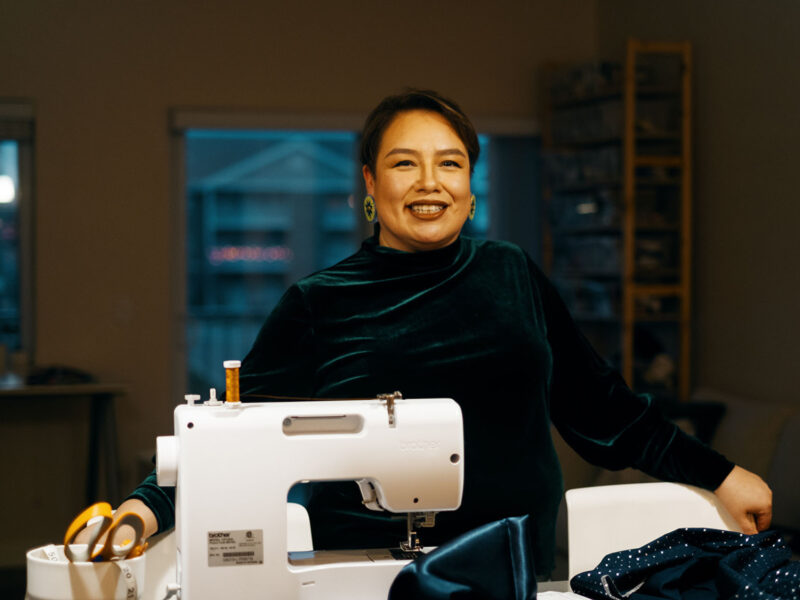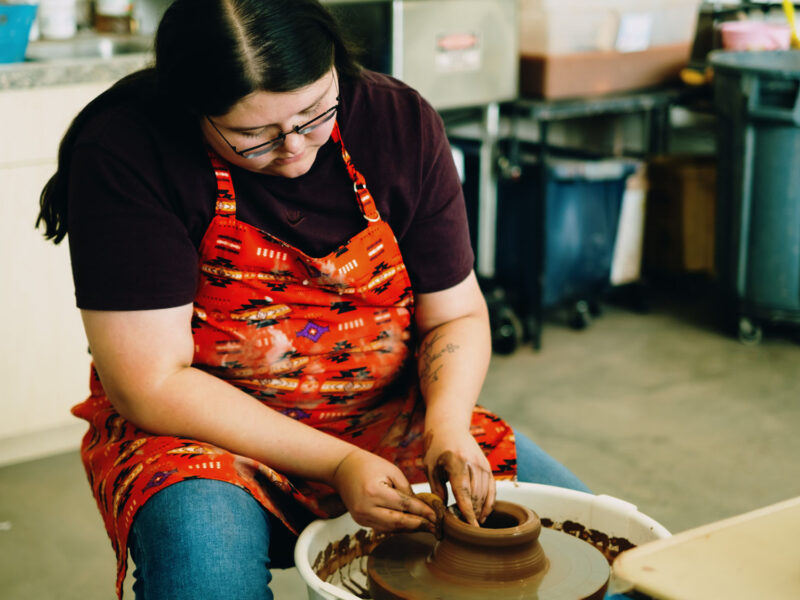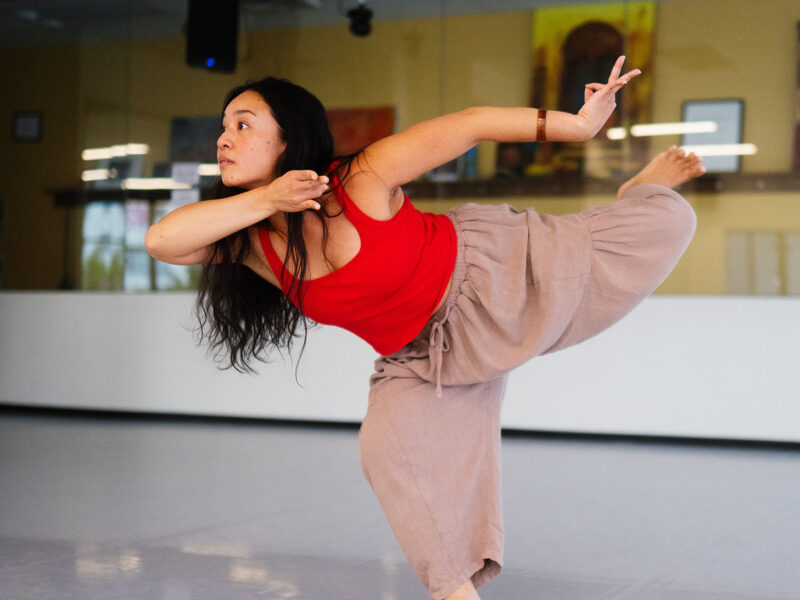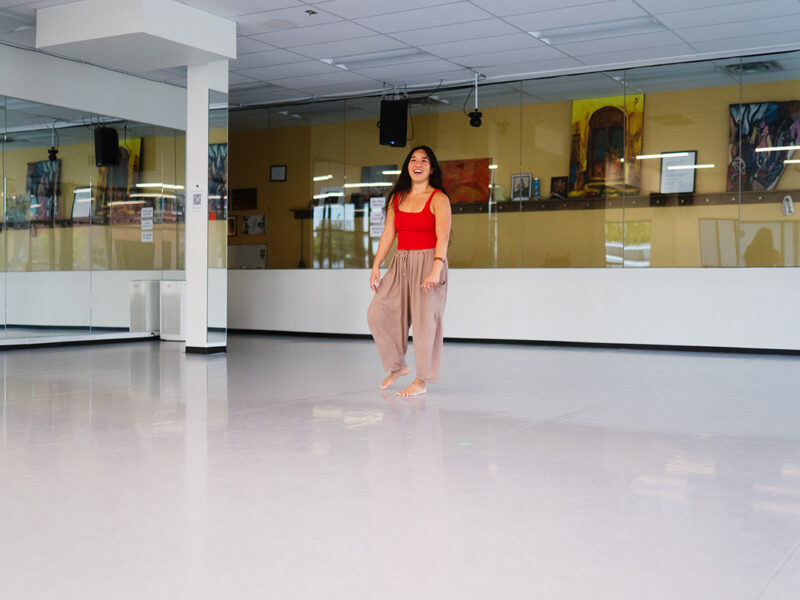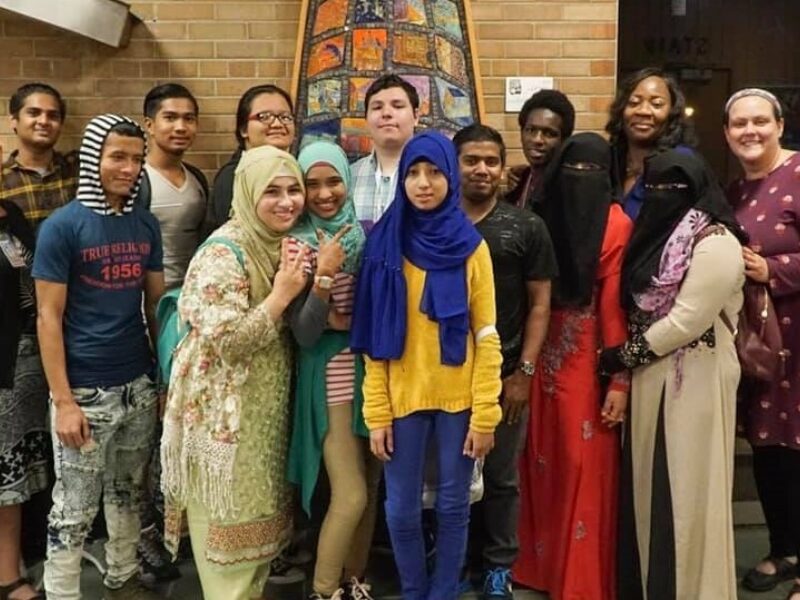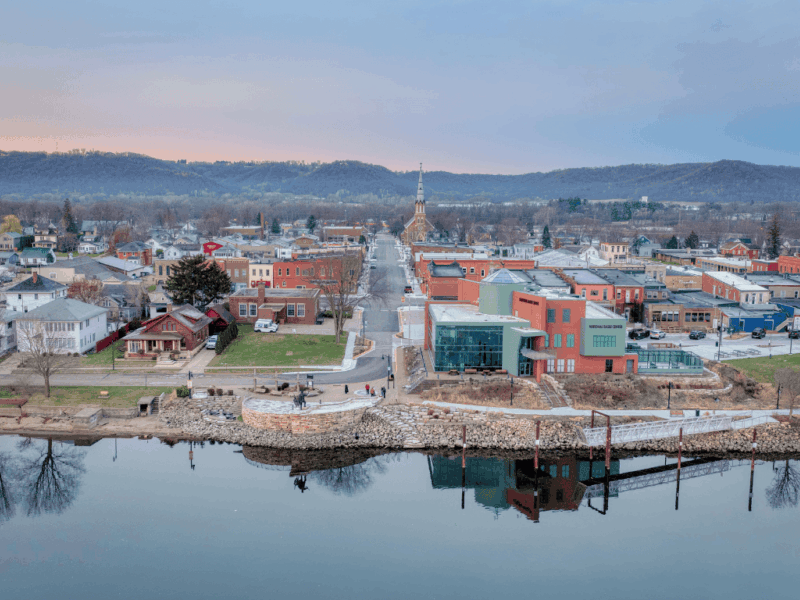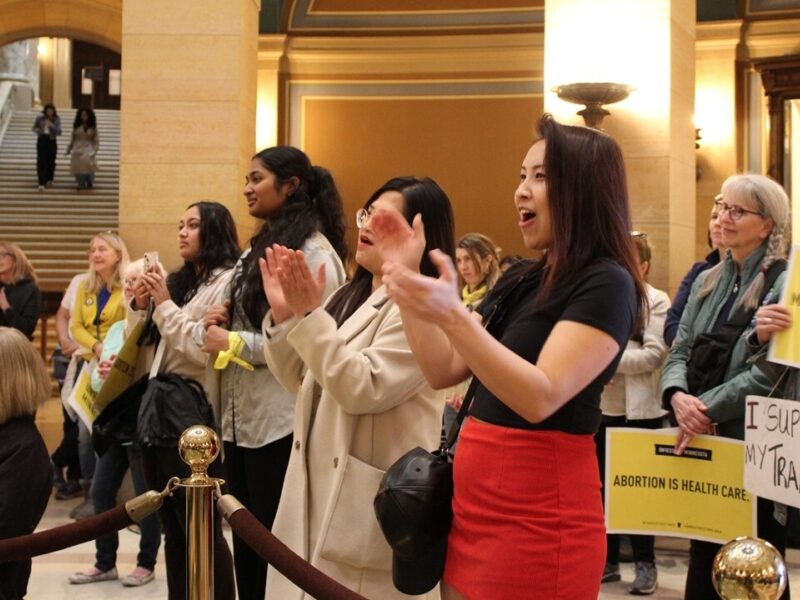Here are three innovative ways the nonprofit sector is addressing gaps in access to technology and internet resources needed for online learning.
COVID-19 has changed the landscape of education in Minnesota. At the Saint Paul & Minnesota Foundation, and our partner foundations – F. R. Bigelow Foundation and Mardag Foundation – we’ve heard stories of the struggles and the triumphs that teachers, students and the nonprofits that support them have experienced.
Across the state, one issue came up time and time again: inequitable access to the technology and internet resources needed for the sudden shift to online learning.
This lack of access disproportionately affects low-income families and Black, Indigenous and People of Color (BIPOC) students. With many schools relying on virtual classes due to the pandemic, the staff at the Foundation have seen the nonprofit sector find innovative ways to address gaps in access and ways to support rural, low-income and BIPOC families.
“I’ve heard several themes from the Foundations’ grantees and other nonprofit organizations when it comes to education,” said Tiffany Kong, a program officer. “This includes staying connected to and supporting parents and families; and helping students and parents navigate new technologies. A lot of smaller nonprofits that work with cultural communities are shifting their programming to focus on relationships with parents and with students to help them navigate this new system. I’m also seeing more inquiries about developing curriculum, or adaptation and converting programming to a virtual setting.”
Building Community During Crisis: Promise Neighborhood of Central Minnesota
In St. Cloud, Promise Neighborhood of Central Minnesota responded to community needs by modifying their offerings to support the educational needs of low-income families and students of color in their communities.
“Ninety percent of families from two nearby schools have incomes which meet poverty levels, and over 80% of those families are Black or African American,” said John Fruth, the organization’s Board Chair.
For Promise Neighborhood students, the sudden transition to online learning clearly highlighted the digital divide facing local students.
“Internet access, bandwidth, having enough devices and basic technology skills contribute to this. I've heard stories about higher-income parents who have three kids and they can't work at home with everyone on the internet. When I hear those kinds of stories, I know that the problems are tenfold with the families that we serve.”
As his organization shifted to meet emerging needs, Promise Neighborhood explored how to turn this crisis into an opportunity and develop much-needed new skills within their community.
“We had to rethink this idea about technology, equipment, Wi-Fi access and training, not only to deliver our services better but to be role models for the things that we wanted to happen in our community,” John said.
“We’re figuring out how my staff, my volunteers, and my board are going to bridge the digital divide for students as best we can. We also want to do it in a way where the information learned stays in the community. In other words, we want to invest in people from our community instead of hiring an outside person who may take everything they’ve learned with them.”
“We had to rethink this idea about technology, equipment, Wi-Fi access and training, not only to deliver our services better but to be role models for the things that we wanted to happen in our community.”
John Fruth

Ensuring Equitable Access for Immigrant and Refugee Students: Women’s Initiative for Self Empowerment
For the Women’s Initiative for Self Empowerment (WISE), getting technology into the hands of the population it serves only addresses a small fraction of educational inequities.
WISE works to empower immigrant and refugee women, girls, and female-identified individuals. With many of WISE’s clients still learning English, the abrupt switch to online education presented a steep learning curve for the immigrant, refugee population who had to navigate new technology and foreign language learning at the same time.
“Before COVID-19, WISE’s programming was offered in-person. When that was no longer an option, we switched to Zoom,” said Pamela Zeller, executive director of WISE.
“There were students who didn’t have access to high-speed internet, students who were sharing one hotspot with multiple siblings as well as parents working from home. The hotspot’s bandwidth simply was unable to support this activity, and students who simply couldn’t handle the stress and gave up.”
Pamela and her team were able to secure funding for iPads and high-speed internet access for their students. During the summer months, they were also able to shift programming outside, engaging students through arts and crafts activities and taking advantage of new technology tools, like Zoom’s whiteboard feature, to create videos and other creative experiences.
For Pamela, quick responses from funders have helped alleviate many nonprofits’ stress as they pivot to respond to their community’s needs.
“I've been happily surprised how much funding philanthropy has brought to the table to respond to COVID in meaningful ways," she said. "For example, we’re connecting with our community by translating infographics and webinars for parents and students. There's no way I can come up with $55,000 to buy all this equipment and the translation, and I think funders have realized this isn’t a normal year. Funders are helping nonprofits who can’t do the traditional in-person fundraisers and supporting nonprofits who have increased costs related to serving their community. That has been wonderful to see.”
Closing Gaps Through Partnership: ConnectedMN

In addition to supporting nonprofits like Promise Neighborhood of Central Minnesota and WISE through traditional grantmaking, the Foundation also entered a new partnership of private businesses, philanthropic entities and community leaders called Partnership for a ConnectedMN.
Founded by Best Buy, Comcast, Blandin Foundation, Saint Paul & Minnesota Foundation and the Minnesota Business Partnership, in collaboration with the administration of Governor Tim Walz and Lieutenant Governor Peggy Flanagan, ConnectedMN works to bring technology and internet access to the students most challenged by the sudden shift to online school, including low-income families and BIPOC students across both urban and rural Minnesota.
To date, ConnectedMN has made $2.1 million in grants to 23 nonprofit organizations across the state, serving an estimated 68,000 students and families. This funding has supported everything from tools and support to help students succeed in school, enhanced access to devices, critical support services and access to high-speed internet.
“We know this is just the tip of the iceberg, but it's a step in the right direction,” Tiffany said.
Hopefully, this partnership can motivate and inspire others to move in that same direction, and really address this issue of education head-on, because what students and our communities are learning right now is going to impact future generations and their successes.”


